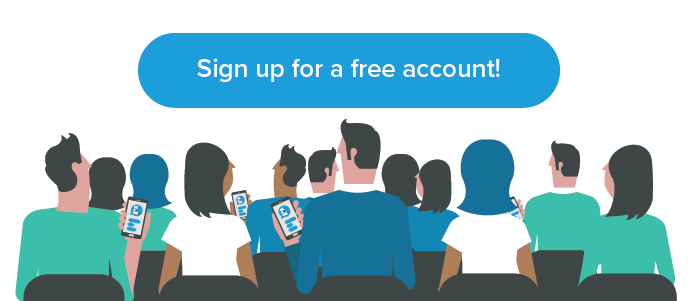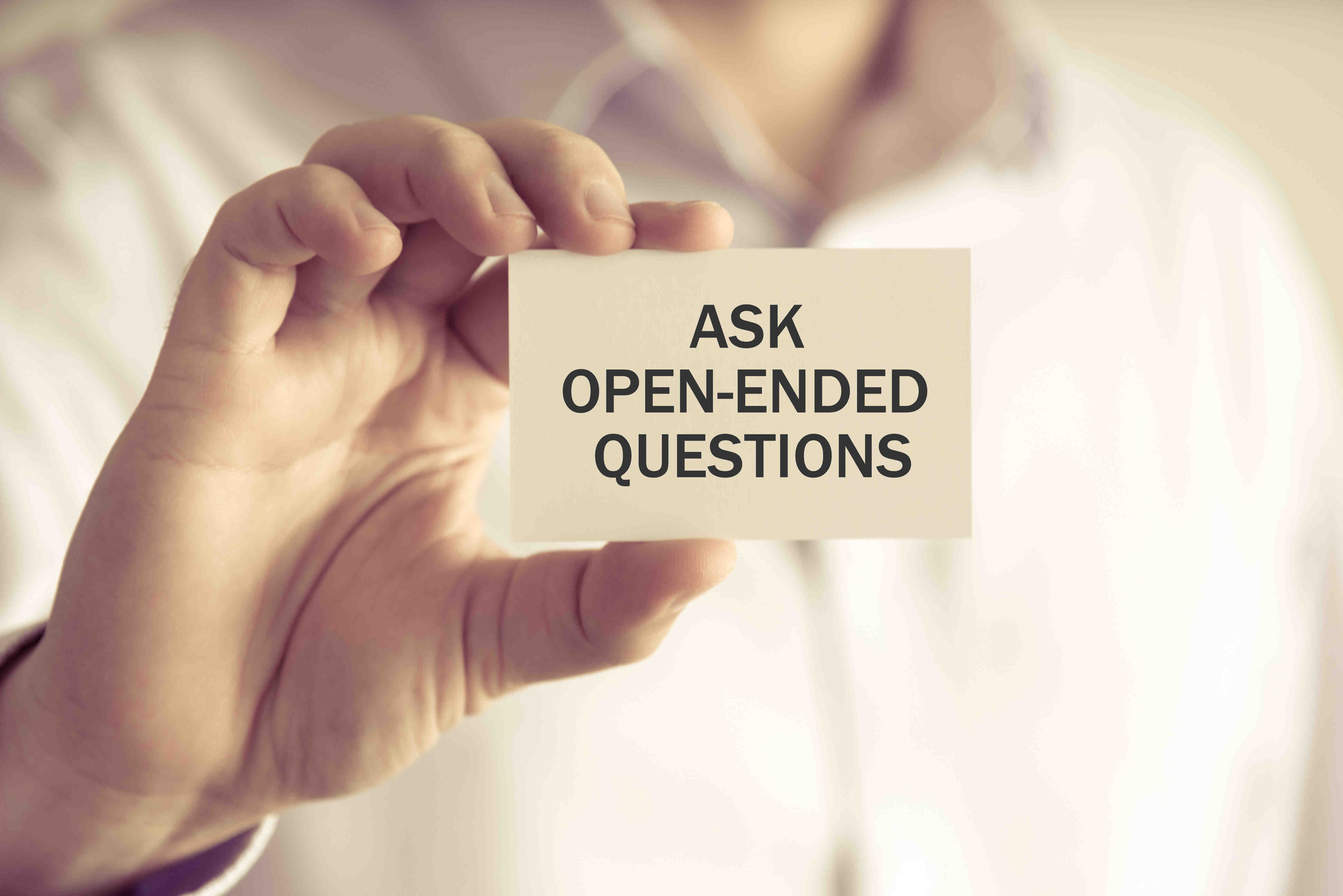Open-ended questions can be a powerful tool to instigate critical thinking and invite discussions. By encouraging more than just yes-or-no answers, they help uncover deeper insights into the thoughts and feelings of an audience.
Whether you're a business leader, educator, or team member, understanding how to leverage open-ended questions can positively improve your interactions and decision-making processes. Let's dive in to what open ended questions are and how you can effectively use them in classes and meetings.
What are open-ended questions and why use them?
Open-ended questions are designed to elicit detailed and thoughtful responses. They typically begin with "why," "how," or "what," and are an essential component of effective communication strategies, providing depth to discussions and feedback surveys.
Unlike closed-ended questions, which might limit responses to simple "yes" or "no" answers or a set of predetermined choices, open-ended questions invite elaboration. This allows the respondent to fully express themselves, providing valuable insights that might otherwise be missed. Open-ended questions creates a space for critical thinking with no right or wrong answers and it's a chance to spark sensible debates on a topic.
Crafting the perfect open-ended questions
Creating impactful open-ended questions requires thoughtful consideration. Aim for questions that invoke genuine interest and curiosity. This will elicit meaningful responses. Use verbs that evoke thought and emotion, such as "think," "feel," or "believe," to encourage students to provide more elaborate and considered answers.
While "why" questions can be insightful, they may also trigger defensiveness. Instead, focus on asking "what" or "how" to get to the root of decisions and opinions without putting the respondent on the spot. Using an anonymous Q&A or feedback tool can also be a chance to collate all of these answers to the questions in a safe space before discussing these verbally in a class setting.
Examples of open-ended questions for different scenarios and use cases
To demonstrate their versatility, we have provided a few examples of how open-ended questions can be tailored for various settings. From corporate setting to educational settings, these types of questions can be used in various ways to stimulate discussion on a topic, as icebreakers or to help promote better decision making within a group. Why not run open-ended questions with a word cloud poll?
Open-ended questions for team meetings
- "How can we increase the effectiveness of our collaboration?"
- "What aspects of our next project excites you the most and why?"
- "How do you feel you can contribute to team projects?"
Open-ended questions for company surveys
- "How would you characterize the workplace atmosphere right now?"
- "What changes would enhance our work-life balance?"
- "What would you change about your role?"
Open-ended questions for brainstorming sessions
- "What strategies or tools might we explore to overcome this challenge?"
- "How do our current processes support our creative thinking?"
- "How do we overcome x challenge in wth world right now?"
Open-ended questions for classes or lectures
- "What topic sparks your curiosity the most, and what about it intrigues you?"
- "How might we adapt our learning environment to better suit diverse learning styles?"
- "What's your favourite thing about college life?"
How to implement open-ended questions with ease
Timing and setting play a crucial role in the effectiveness of open-ended questions. They excel in environments where in-depth discussion is the goal, such as debates, brainstorming sessions, icebreaker discussions or when seeking detailed feedback.
When conducting surveys or live interactions, ensure that the setting is conducive to open expression and you can avoid any fears of retribution or judgement. Encourage participation by creating a comfortable atmosphere and affirming that all perspectives are valued. Anonymous live polls or Q&A is a perfect way to start the flow of conversations and to avoid any inhibtions on getting stuck into a conversation.
To draw out responses from quieter participants or those hesitant to share, create a supportive environment and use icebreakers to warm up the group. Encourage sharing by directly asking some willing members for their views or relating questions to personal experiences. Remind participants that their is no right or wrong and to be supportive of their peers.
Analyzing the impact of open-ended questions
To evaluate the success of your open-ended questions, observe the level of engagement, the depth of responses, and the variety of ideas presented. A good observation is to note if more silent or passive members of your audience have contributed as well. Using audience response systems you can measure the engagement to polls or Q&A discussion to gauge the level of interaction. Additionally, post-discussion feedback can offer insights into how participants felt about the openness and depth of the questions.
Start using open-ended questions to get increased engagement in your classes or meetings
The art of asking open-ended questions is a valuable skill that can significantly improve the quality of feedback and discussion in any setting. By employing the tactics highlighted above, you'll be able to create questions that promote thoughtful responses and drive meaningful engagement. Embrace the power of open-ended questions and why not use a live polling and Q&A tool today for free for increased engagement.





